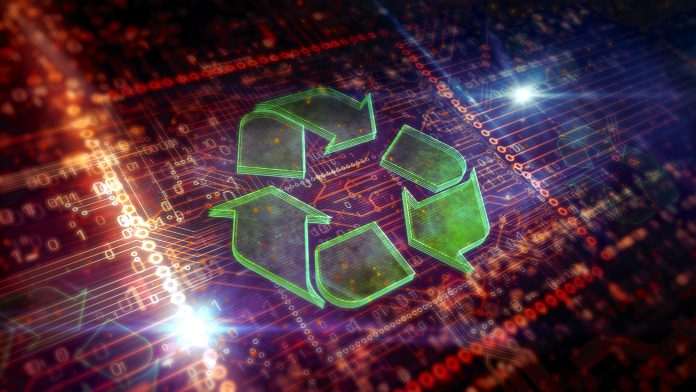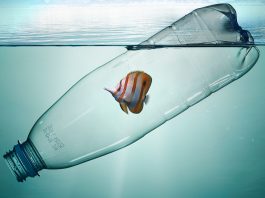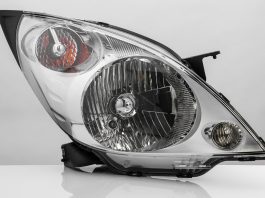Professor Dalton Tay of Nanyang Technological University (NTU) from the School of Materials Science and Engineering and School of Biological Sciences, led research investigating how to repurpose electronic waste (e-waste) as an alternative to the plastics used in laboratory cell culture containers, such as petri dishes.
E-waste repurposed
E-waste accounts for approximately 20% of the 50 million tonnes of waste produced worldwide each year. The plastics found in this waste are rarely recycled due to their complex composition and hazardous additives.
For the study, Tay and a team from Singapore–CEA Alliance for Research in Circular Economy (SCARCE), gathered e-waste plastics that had been collected by a local recycling facility. Three different kinds of plastic were chosen for their surface variability. To test the viability of using e-waste plastics for cell cultures, the NTU team seeded stem cells onto 1.1cm-wide circular discs of sterilised e-waste plastics.
The circular discs were assessed a week later, and the scientists found that more than 95% of live and healthy stem cells that had seeded on the e-waste plastics remained. This is a result comparable to the experimental control of stem cells grown on commercially available cell culture plates made of polystyrene. As well as this, it was observed by the researchers that the stem cells grown on the e-waste plastics also retained their ability to differentiate. This is a process in which stem cells become specialised cells with a more specific function, such as blood cells, brain cells, heart muscle cells or bone cells.
Stem cell growth affected by e-waste plastics
Stem cells can undergo differentiation under the right conditions. One way to accelerate this process in the lab is by introducing a medium that ‘nudges’ the stem cells in the desired direction. To investigate the impact of e-waste plastics on the stem cells’ differentiation, the NTU team added two types of mediums in equal amounts to the cells cultured on e-waste plastics, and on polystyrene cell culture plates. One type of medium coaxes the stem cells to develop into fat cells, while the other pushes the stem cells to become bone cells.
After two weeks of observation, the research team discovered that there was a higher proportion of stem cells that went through differentiation, and were still successfully cultured on e-waste plastics, compared to those on the conventional polystyrene cell culture plate. The scientists also found that the stem cells that had been cultured on keyboard plastic and the diffuser sheet were more likely to develop into bone cells, while stem cells cultured on the prism sheet, were more likely to develop into fat cells.
Environmental impact
“Repurposing [e-waste plastics] for immediate use rather than recycling them enables the immediate extension of the lifespan of e-waste plastics and minimises environmental pollution. Our approach is in line with the zero-waste hierarchy framework, which prioritises the reuse option through materials science and engineering innovation.” Said Tay. Therefore, repurposing e-waste plastics for cell cultures in labs would not only allow maximum value to be recovered, but also help reduce the amount of plastic waste generated from biomedical research.
Professor Seeram Ramakrishna, Board Member of the Plastics Recycling Association of Singapore and Chairman of the Plastics Recycling Centre of Excellence, said “we are in urgent need of sustainable solutions to plastic waste, to mitigate its impact on the environment and social costs. Innovative solutions, such as the idea developed by Asst Prof Tay and his team to repurpose e-waste plastic, could serve to address the ubiquitous plastic waste problem in Singapore and around the world, and move us towards plastics circularity.” Thus, Tay’s findings mean that environmental pollution will be drastically depleted as e-waste plastics are repurposed.
The NTU team aims to further develop resource-effective remanufacturing processes to upcycle e-waste plastics that would support other high-value biotechnological applications. This would help to promote sustainable practices in research and innovative waste-to-resource solutions for the industry.









